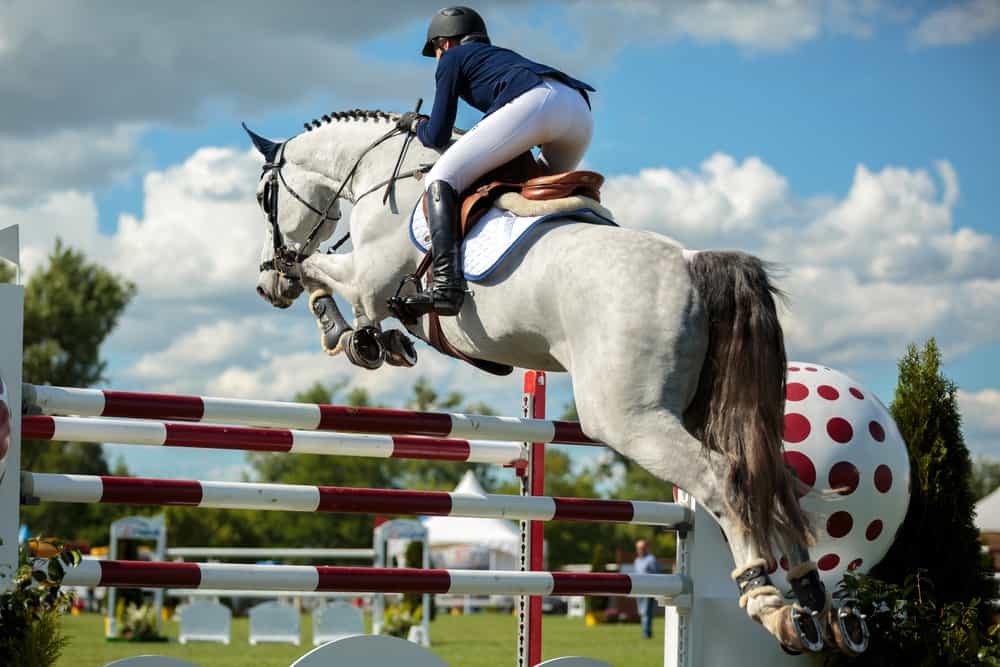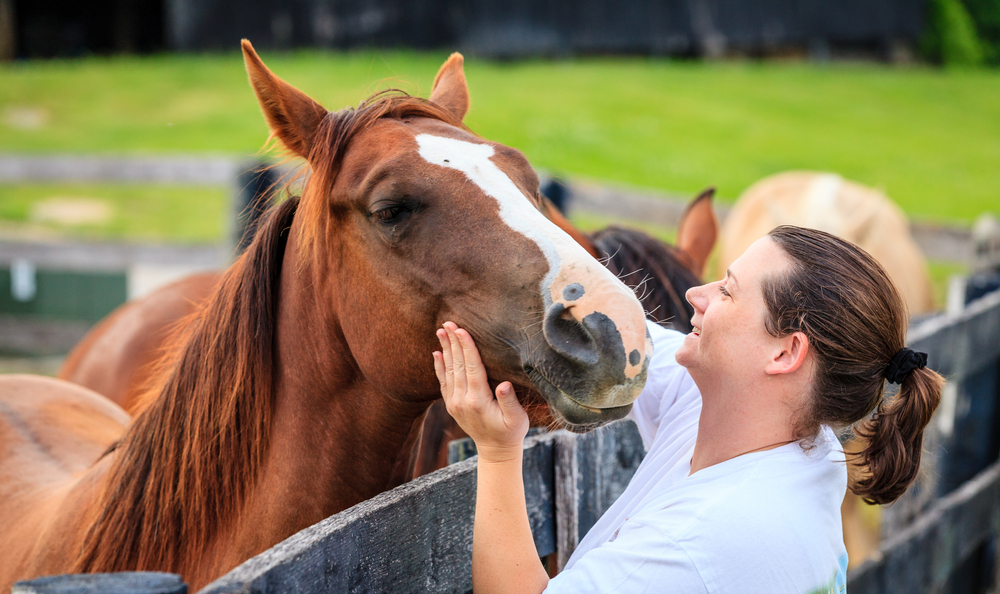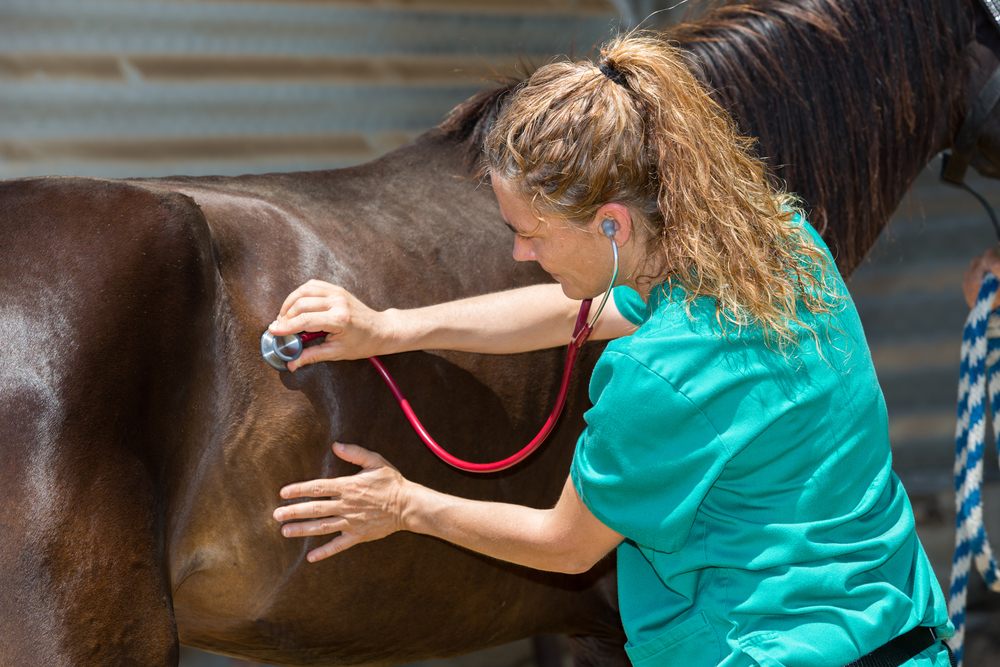- Your source for stall mats, rubber arena footing, arena harrows and arena dust control.
The Crucial Role of Regular Exercise in Maintaining Horse Health
As equine enthusiasts and caretakers, we strive to provide the best possible environment for our horses to thrive. While nutrition, shelter, and medical care are vital, one critical yet sometimes overlooked aspect of horse health is regular exercise. In fact, exercise is not merely a supplemental activity but a cornerstone of a horse’s physical, mental, and emotional well-being.
Whether you’re a seasoned equestrian, a stable owner, or a first-time horse owner, understanding the profound impact of regular exercise can empower you to enhance your horse’s quality of life—and by extension, your equine business’s success.
Why Exercise Matters: The Benefits for Horse Health
- Enhanced Cardiovascular Fitness
Regular exercise strengthens the horse’s heart and lungs, enabling efficient oxygen delivery to muscles and tissues. This not only boosts endurance but also reduces the risk of cardiovascular conditions. A fit horse performs better and recovers more quickly from exertion, ensuring longevity in competitive or recreational roles.
- Joint Mobility and Muscular Strength
Movement keeps joints flexible and lubricated, minimising the risk of arthritis and stiffness. Additionally, exercise builds muscle tone, which supports the horse’s skeletal structure and prevents injuries. A strong, balanced horse is less prone to strain and lameness.
- Digestive Health
Horses are grazing animals, designed for continuous, low-intensity movement. Regular exercise stimulates gut motility, lowering the risk of colic—a common and potentially fatal digestive issue. For horses prone to digestive upsets, even light movement can have a trans-formative effect.
- Weight Control and Metabolic Balance
With increasing reports of equine obesity and metabolic disorders, exercise plays a crucial role in maintaining a healthy weight. It prevents fat accumulation, reduces stress on joints, and helps regulate insulin levels—key for horses susceptible to laminitis or equine metabolic syndrome.
- Mental and Emotional Well-Being
Physical activity isn’t just about the body—it’s about the mind. Horses confined for long periods can become bored, anxious, or develop behavioral issues like cribbing or weaving. Exercise provides essential mental stimulation, promoting calmness, focus, and overall contentment.
Types of Exercise for Horses: Tailored Approaches
- Groundwork and Lunging
These exercises not only build trust but also improve balance and flexibility without the added strain of carrying a rider. Lunging in particular is invaluable for rehabilitating injured horses or training young ones.
- Riding Activities
Whether it’s trail rides, dressage, or show jumping, riding offers structured physical exertion that engages the horse both physically and mentally. Varying routines keeps the horse interested and prevents overuse of specific muscle groups.
- Free Turnout
Even the simple act of letting a horse roam in a pasture or paddock promotes natural movement. It allows them to stretch their muscles, maintain social interactions, and engage in behaviors essential for mental health.
- Specialized Workouts
Incorporating pole work, hill climbs, or interval training challenges different muscle groups and enhances overall fitness. Cross-training also reduces monotony and prepares the horse for various terrains and activities.
Incorporating Exercise into Stable Management
For stable owners and businesses, integrating exercise routines into daily operations isn’t just good for the horses—it’s a selling point for prospective clients. Highlighting structured exercise programs can set your facility apart, whether you cater to boarding, training, or rehabilitation.
– Create Daily Exercise Schedules: Collaborate with owners to develop individualized plans tailored to each horse’s age, breed, and workload.
– Provide Professional Training Options: Offering groundwork sessions, lunging, or advanced riding lessons adds value to your services and supports the overall health of the horses under your care.
– Monitor Progress: Regular assessments by a vet or trainer ensure that the exercise routine remains effective and safe, adapting as the horse’s needs evolve.
Safety First: Best Practices for Exercising Horses
Gradual Warm-Up and Cool-Down: Always start with a light warm-up to prepare the muscles and joints, and end with a cool-down to prevent stiffness or injury.
Adapt to Weather Conditions: Avoid overexertion during extreme heat or cold, and ensure horses stay hydrated during workouts.
Track Fitness Levels: Use heart rate monitors or observe recovery times to gauge fitness and adjust intensity levels accordingly.
Regular Health Checks: Veterinary evaluations are critical, especially for older or recovering horses, to ensure they’re fit for specific exercises.

Engaging Your Clients: The Business Perspective
Educating clients on the importance of regular exercise not only elevates the care standard but also strengthens trust in your facility. Consider offering workshops, newsletters, or social media content on equine fitness. Share success stories and testimonials to demonstrate the trans formative impact of structured exercise programs. By positioning your services as health-centric, you can attract discerning clients who value quality care.
The Takeaway
Regular exercise is more than a luxury for horses—it’s a necessity. It’s the key to unlocking their full potential, whether in performance, companionship, or simply enjoying a long and healthy life. For horse owners and equine businesses alike, prioritising structured and consistent exercise routines leads to healthier, happier horses—and a reputation for excellence in care.
Take the next step in equine health and elevate your stable’s offerings. Because when your horses thrive, so does your business.

